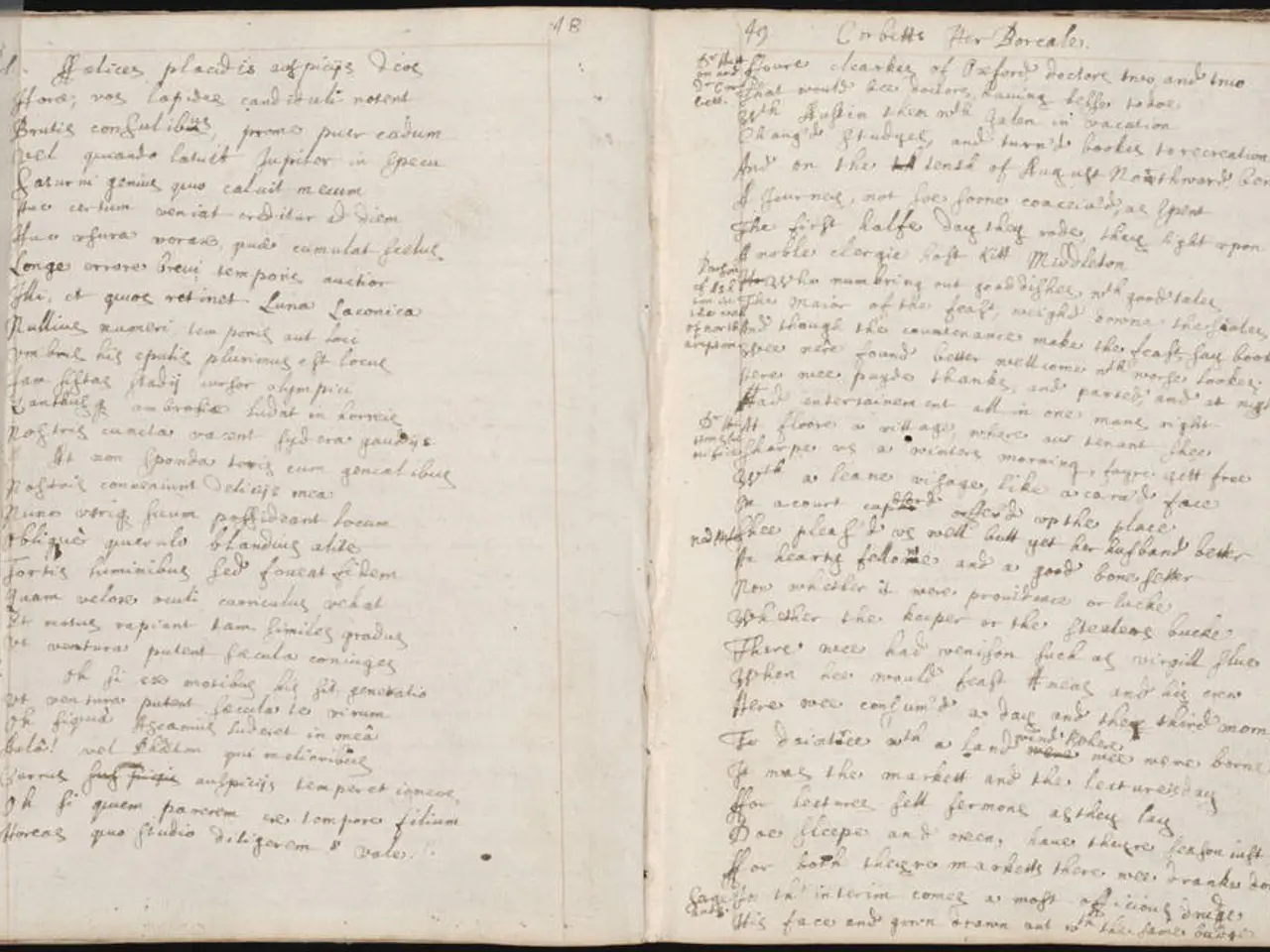Strategies for Involving Diverse Learners in Nature-Based Composition, Respecting Autonomous Education
Transforming Nature Writing for Diverse Learners
In an effort to cater to the diverse learning styles of students, nature writing activities can be adapted to include multiple modes of engagement. By doing so, educators can make the most of outdoor experiences and ensure that every learner benefits from the process.
For kinesthetic learners, hands-on activities are key. Sensory walks, where students touch, smell, and explore natural materials, provide an excellent starting point for descriptive writing. Nature trays, filled with a variety of items found outdoors, offer a tactile experience that inspires writing. Encouraging students to move outdoors and collect items to describe helps foster direct sensory engagement that sparks creativity.
Visual learners respond well to images, videos, or slideshows of natural scenes. They are also encouraged to use drawings or graphic organizers to plan and enrich their writing. Incorporating charts, infographics, or word banks with sensory words helps visualize concepts.
Social learners thrive in collaborative settings. Group discussions, peer sharing, or cooperative storytelling about nature help foster social interaction in writing tasks. Activities where students co-create poems, stories, or performances expressing nature’s voice encourage social interaction in writing.
Solitary learners prefer independent reflection. Providing journaling prompts about nature and quiet time for observation and individual writing helps cater to these students. Offering sentence starters or templates scaffolds their thinking while allowing self-paced exploration.
Analytical learners appreciate structured interactions and critical thinking. Presenting clear frameworks for observation and description, such as guiding questions on senses or cause-effect relationships in nature, helps these learners engage more deeply. Incorporating tasks that ask them to analyze natural phenomena or write from ecological perspectives fosters deeper inquiry.
Artistic learners engage creatively by combining writing with other expressive forms. Encouraging them to “give voice” to an element of nature through mixed-media projects like illustrated poems, performed monologues, or storytelling with visual art helps tap into their creativity.
Creating flexible activity stations or “zones” tailored for different preferences (e.g., a tactile nature table, visual display area, quiet writing corner, and collaborative space) supports learners’ needs dynamically. Feedback should also be adapted accordingly—visual learners get graphic feedback, kinesthetic learners benefit from direct, interactive responses, and solitary learners receive thoughtful, reflective guidance.
This multimodal approach aligns natural experiences with varied writing expressions, maximizing engagement and learning for all students. Techniques for visual learners include nature photography prompts, sketch-to-story mapping, and color wheel observations. Barefoot writing walks, where children walk barefoot on different surfaces while composing their thoughts aloud, combine walking rhythms with writing patterns. Collaborative group projects, such as nature writing circles, peer review partnerships, and community garden narratives, engage social learners in community-driven storytelling. Data-driven nature reports can be created by having analytical learners collect quantifiable data during outdoor explorations.
Writing skills can be enhanced for diverse learners through the integration of technology, such as digital photography for visual learners to capture and share images of natural scenes, or recording devices for solitary learners to reflect on their observations during nature walks. Education-and-self-development can also benefit from this approach, as it fosters a lifestyle that encourages exploration and appreciation of the outdoors. For instance, using graphic organizers and infographics can help visual learners organize their thoughts more effectively, while journaling prompts can provide solitary learners with a structured yet flexible approach to expressing their ideas about nature.




